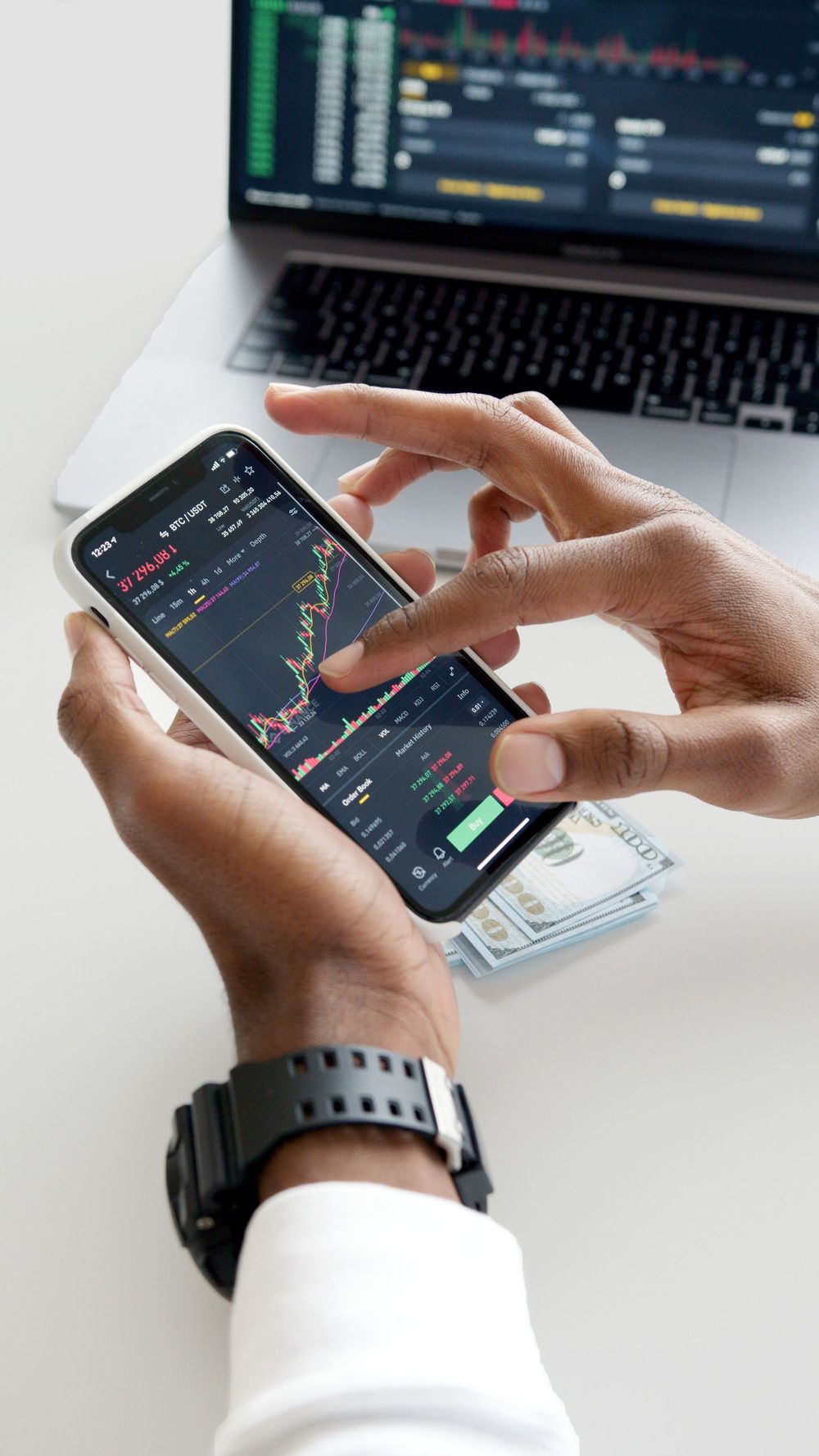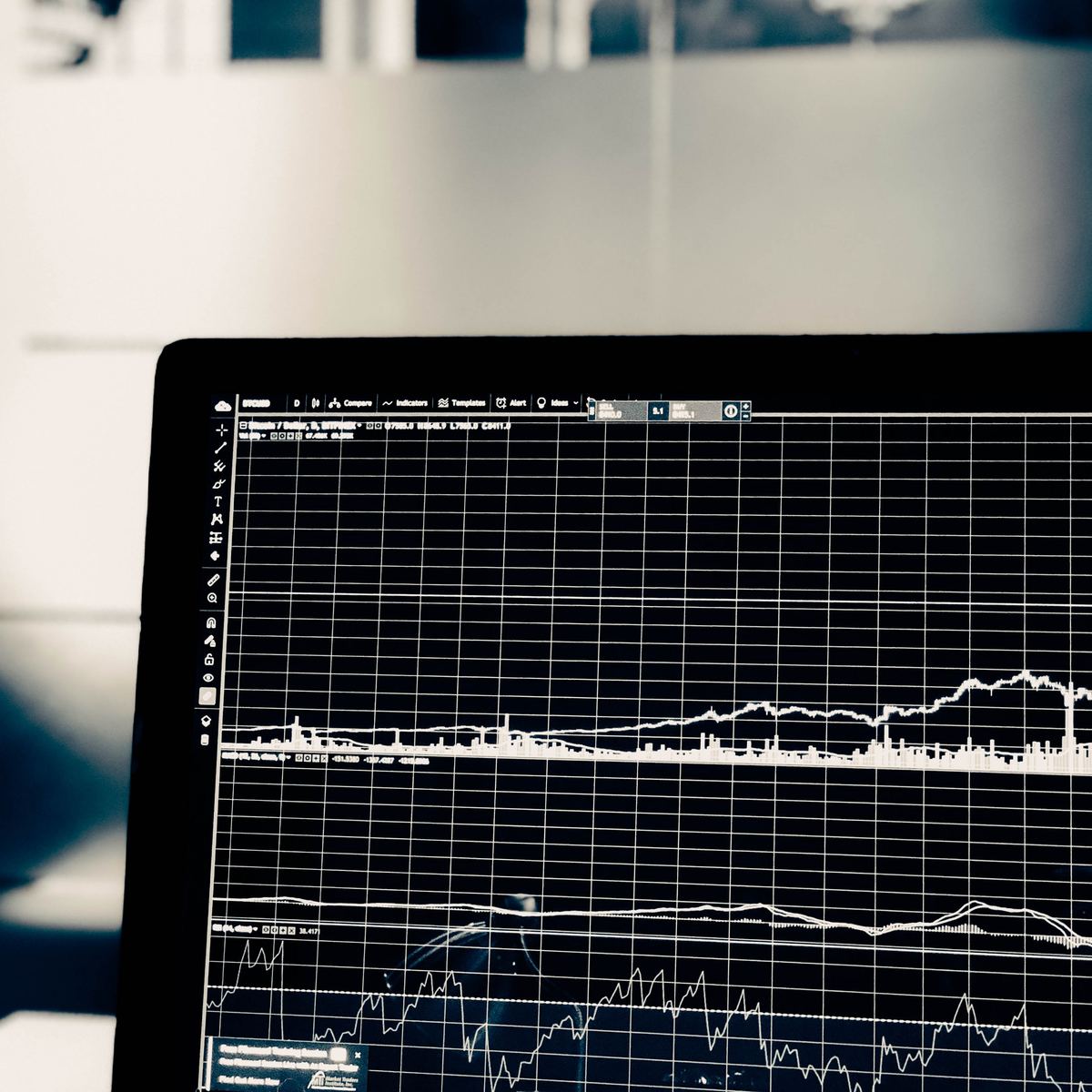Unleashing the Power of Social Sentiment: 30 Innovative Machine Learning Projects for Financial Data Science
30 innovative project ideas leveraging Twitter sentiment and Python to offer fresh perspectives for traders, investors, and financial analysts.

In the dynamic world of finance, staying ahead of the curve means tapping into the pulse of public sentiment.
With the explosion of social media platforms like Twitter, we now have access to a vast sea of public opinion, presenting unprecedented opportunities for data-driven insights.
Harnessing the potential of this data can transform the way we understand and interact with financial markets. This post explores ten innovative project ideas that leverage Python and Machine Learning to decipher sentiment from financial influencers on Twitter, offering fresh perspectives for traders, investors, and financial analysts.
From predicting stock market movements to crisis detection, these projects showcase the myriad ways sentiment analysis can revolutionise the finance sector.
Let's embark on this fascinating journey where finance meets artificial intelligence.
Grab the dataset on Kaggle and take a crack at one (or many) of the projects listed below.

- Predicting Stock Market Movements: Using sentiment analysis and other linguistic indicators to predict stock market movements and financial trends.
- Influencer Impact Analysis: Understanding how influencers' tweets impact the market and individual stocks.
- Cryptocurrency Sentiment Tracker: Creating a sentiment analysis tool specifically for cryptocurrencies to predict price movements.
- Comparative Market Analysis: Comparing sentiment and performance of different sectors or industries based on social media mentions.
- Emerging Trends Detector: Identifying emerging market trends based on influencers' discussion topics.
- Event Impact Analysis: Analyzing how specific events (like product launches, earnings reports, geopolitical crises) are discussed and how they impact market sentiment.
- Social Media-Based Trading Algorithm: Developing an algorithmic trading system based on Twitter sentiment.
- PR Crisis Detector: Building a system that uses sentiment analysis to detect potential PR crises before they fully develop.
- Personalized Investment Recommendations: Using sentiment data to offer personalized investment advice.
- Real-time Alert System: Creating a real-time alert system for sudden sentiment changes in specific stocks.
- Market Sentiment Visualization: Developing dynamic, real-time visualization tools for market sentiment.
- Correlation Analysis: Exploring the correlation between the frequency of company mentions and stock performance.
- ESG Sentiment Analysis: Analyzing the sentiment towards companies' ESG (Environmental, Social, Governance) initiatives.
- IPO Sentiment Tracker: Tracking public sentiment in the lead up to and following an IPO.
- Influencer Clout Measurement: Measuring the 'clout' or influence of different financial influencers.
- Sentiment-Based Portfolio Management: Developing a sentiment-based portfolio management tool.
- Social Media Sentiment Index: Creating a 'sentiment index' based on social media discussions for different markets/sectors.
- Fake News Detection: Building a system to detect and flag potential misinformation or "pump and dump" schemes.
- Benchmarking Study: Comparing the accuracy of sentiment analysis versus traditional financial analysis for predicting stock movements.
- Investor Behavior Study: Studying how social media sentiment influences investor behavior.
- Social Media Arbitrage Opportunities: Identifying arbitrage opportunities based on discrepancies between market sentiment and stock prices.
- Option Pricing Models: Incorporating social media sentiment into option pricing models.
- Merger & Acquisition Sentiment Analysis: Tracking public sentiment around major M&A activity.
- Economic Forecasting: Leveraging Twitter sentiment to contribute to economic forecasting models.
- Financial Education Gap Analysis: Understanding what financial topics are least understood by the public based on sentiment and questions posed on social media.
- Earnings Forecast: Using sentiment analysis to predict the public reaction to company earnings announcements.
- Investor Sentiment Scoring: Creating a scoring system for investor sentiment towards different companies.
- Social Media-Based ETF: Constructing a thematic Exchange-Traded Fund (ETF) that selects companies based on positive sentiment analysis.
- Celebrity Endorsement Impact: Evaluating the impact of celebrity endorsements on company sentiment and stock performance.
- Comparative Sentiment Analysis: Comparing sentiment analysis results from Twitter with other social media platforms to provide a comprehensive view of public sentiment.
Lets discuss 10 projects in more detail and describe how you can approach them using Python Data Science and Machine Learning libraries.
- Predicting Stock Market Movements: Python libraries like Pandas and Numpy can be used to process and analyze the dataset. Natural Language Processing (NLP) libraries such as NLTK or SpaCy can be used to process the tweet text, while machine learning libraries like Scikit-learn or TensorFlow can be used to train prediction models. Models like Logistic Regression, Random Forest, or even LSTM (Long Short-Term Memory) can be used for prediction.
- Influencer Impact Analysis: You can use the Tweepy library to collect Twitter data and understand the reach and impact of influencers. NLP libraries can be used for text processing, while the NetworkX library can be used to create and analyze social networks. Influencer impact can be quantified by analyzing the sentiment of tweets before and after they publish their opinion.
- Cryptocurrency Sentiment Tracker: Use TextBlob or VADER (from NLTK) for sentiment analysis on tweets related to cryptocurrencies. Libraries like Matplotlib or Seaborn can be used for data visualization.
- Emerging Trends Detector: You can use NLP libraries like Gensim for topic modeling, to extract the main topics that influencers are discussing. A time series analysis using Pandas and Statsmodels could help detect emerging trends over time.
- Event Impact Analysis: Use date-time data to correlate specific events with sentiment and price changes. Event study methodologies can be implemented using Python's statsmodels library to understand the impact of events on stock returns.
- Social Media-Based Trading Algorithm: Once the sentiment analysis model is built (perhaps using Scikit-learn or TensorFlow), this can be incorporated into a trading strategy. Backtrader library can be used to backtest the strategy before implementing it in the real market.
- PR Crisis Detector: Build a classifier model (using libraries like Scikit-learn, PyTorch, or TensorFlow) that flags tweets with negative sentiment. Utilize unsupervised ML methods (like clustering or anomaly detection) to identify sudden increases in negative sentiment.
- Correlation Analysis: Utilize Pandas and Scipy for data manipulation and correlation analysis to find relationships between company mentions and stock performance.
- ESG Sentiment Analysis: Use NLP libraries like SpaCy or NLTK to process tweets about companies' ESG initiatives. Sentiment analysis libraries like TextBlob or NLTK's VADER can be used to analyze sentiment.
- Economic Forecasting: Tweets could be used as a proxy for economic sentiment. Use NLP libraries for text processing and Scikit-learn or TensorFlow for building a model that predicts economic indicators based on this sentiment. Libraries like Statsmodels can be used for econometric modeling.
As we've discovered, the future of finance is firmly entwined with data science. By blending the world of finance with machine learning and the power of social media sentiment, we're able to gain a more comprehensive, real-time understanding of markets than ever before. The potential is virtually limitless. So, whether you're a budding data scientist, an established financial analyst, or simply someone with a keen interest in the finance-tech nexus, there's so much more to explore.
If you found these insights valuable, be sure to bookmark our website and subscribe to our newsletter. We regularly delve into the latest developments in data science, machine learning, and their fascinating applications across industries. By subscribing, you'll have cutting-edge insights and project ideas delivered straight to your inbox. Let's continue to navigate the exciting world of financial data science together. Keep coming back for more innovative explorations where technology meets finance, and remember – in the era of big data, the next big revelation is just a dataset away!




